Badlands
stretch along many river valleys throughout the North American
plains, and some of the most spectacular sights are in 7,330-hectare
(18,000-acre) Dinosaur Provincial Park, 200 kilometers (124 miles)
east of Calgary. But the park is best known for being one of the
most important dinosaur fossil beds in the world. Thirty-five
species of dinosaurs--from every known family of the Cretaceous
period--have been unearthed here, along with the skeletal remains
of crocodiles, turtles, fish, lizards, frogs, and flying reptiles.
Not only is the diversity of specimens great, but so is the sheer
volume; more than 300 museum-quality specimens have been removed and
are exhibited in museums around the world.
Originally
established in 1955 to protect the fossil bonebeds, the park's
environment is extremely complex and is unique within the
surrounding prairie ecosystem. Stands of cottonwoods, a variety of
animal life, and, most important, the extensive bonebeds, were
instrumental in UNESCO's designation of the park as a World Heritage
Site in 1979. In 1985, the opening of the Royal Tyrrell Museum of
Palaeontology, 100 kilometers (62 miles) upstream in Drumheller,
meant that bones that had previously been shipped to museums
throughout the world for scientific analysis and display could now
remain within the province. The Royal Tyrrell Museum operates a
field station in the park, where many of the bones are cataloged
and stored. The displays, films, and interpretive programs offered
at the center will best prepare you to begin your visit to the park.
PREHISTORY
Seventy-five
million years ago during Cretaceous times, the area was a
low-lying marsh at the mouth of a river flowing into the Bearpaw
Sea. The Bearpaw was the last in a succession of vast seas that
covered the interior plains for 30 million years. Swamp grasses and
reeds grew in the wetlands, whereas on higher ground, giant
redwoods and palms towered over a dense forest. Dinosaurs flourished in
this subtropical environment. More than millions of years
ago, great quantities of silt and mud were flushed downriver,
building up a delta at the edge of the sea. In time, this delta
hardened, and the countless layers formed sedimentary rock. Soon
after, great pressures beneath the earth's surface pushed the crust
upward, forming a jagged mountain range that we know today as the
Rocky Mountains. This event dramatically changed the climate of the
plains region from tropical to temperate, probably killing off the
dinosaurs approximately 64 million years ago. From then until one
million years ago, the climate changed many times until the first
of many sheets of ice covered the plains. As the final sheet receded,
approximately 15,000 years ago, millions of liters of sediment-laden
meltwater scoured the relatively soft bedrock into an area we know
as the badlands. The erosion process continues to this day, no
longer by the action of glacial meltwater but by rain and wind. The
carving action has created a dramatic landscape of hoodoos,
pinnacles, mesas, and gorges in the sandstone here, which is 100
times softer than that of the Rockies. The hills are tiered with
layers of rock in browns, reds, grays, and whites. Many are
rounded, some are steep, others are ruddy and cracked, but they all have
one thing in common--they are laden with dinosaur bones. As the
Red Deer River curves through the park, it cuts deeply into the
ancient river delta, exposing the layers of sedimentary rock and
revealing the once-buried fossil treasures.
FIELDWORK IN THE PARK
Each
summer, paleontologists from around the world converge on the park
for an intense period of digging that starts in late June and
lasts for approximately 10 weeks. The earliest dinosaur hunters
simply excavated whole or partial skeletons for museum display.
Although the basic excavation methods haven't changed, the types of
excavation have. "Bonebeds" of up to one hectare are painstakingly
excavated over multiple summers. Access to much of the park is
restricted in order to protect the fossil beds. Digging takes place
within the restricted areas. Work is often continued from the
previous season, or new sites are commenced, but there's never a
lack of bones. New finds are often discovered with little digging,
having been exposed by wind and rain since the previous season.
Excavating the bones is an extremely tedious procedure;
therefore, only a few sites are worked on at a time, with
preference given to particularly important finds such as a new species.
Getting the bones out of the ground is only the beginning of a long
process that culminates with their scientific analysis and display
by experts at museums around the world.
EXPLORING THE PARK
Much
of the park is protected as a Natural Preserve and is off-limits
to unguided visitors because current excavations are taking place.
The Natural Preserve protects the bonebeds and the valley's fragile
environment. It also keeps visitors from becoming disoriented in
the uniform landscape and ending up spending the night among the
bobcats and rattlesnakes. The area is well marked and should not be
entered except on a guided tour. One other important rule: Surface collecting and digging for bones anywhere within the park is prohibited.
Interpretive Programs and Tours
Even
though much of the actual digging of bones is done away from public
view, the Field Station of the Royal Tyrrell Museum (403/378-4342,
July-Aug. daily 8:30 a.m.-9 p.m., Sept. to mid-Oct. daily 9 a.m.-5
p.m., and the rest of the year, weekdays 9 a.m.-4 p.m., adult $3,
senior $2.50), organizes enough interesting activities and tours to
keep you busy for at least a full day. The Field Station offers
many interesting displays, including complete dinosaur skeletons,
murals, and models, and is the departure point for tours into the
park. The Badlands Bus Tour takes you on a two-hour ride
around the public loop road with an interpretive guide who will
point out the park's landforms and talk about its prehistoric
inhabitants. The Centrosaurus Bone Bed Hike takes visitors on a
2.5-hour guided hike into a restricted area where more than 300
centrosaurus skeletons have been identified. The Camel's End Coulee
Hike is an easy 2.5-kilometer (1.5-mile) guided walk to discover the
unique flora and fauna of the badlands. Finally, a tour of the Field
Station Laboratory is offered daily at 1:30 p.m. Space on all of
these tours is limited. The laboratory tour is $2. Each of the
other tours costs $6.50. The tours are very popular, and this is
reflected in the procedure for purchasing tickets. Tour tickets go
on sale May 1 and must be picked up 30 minutes before the departure
time. To reserve a seat, call 403/310-0000 May-Aug. Mon.-Fri. 9
a.m.-4 p.m. Some tickets are reserved for the day of the tour and
sold as "rush" tickets (be at the Field Station when it opens at
8:30 a.m. to ensure that you get a ticket). Finally, if seats
become available through no-shows, you make snag a seat at the last
minute. Documentaries are shown at the Field Station
in the evenings, and special events are often staged somewhere in
the park. The entire interpretive program operates in summer only, with
certain tours offered in late May and September.
On Your Own
You
may explore the area bounded by the public loop road and take three
short interpretive trails on your own. The loop road passes through
part of the area where bones were removed during the Great Canadian
Dinosaur Rush. By staying within its limits, hikers are prevented
from becoming lost, although the classic badlands terrain is still
littered with fragments of bones, and the area is large enough to
make you feel "lost in time." It's a fantastic place to explore. Of
special interest are two dinosaur dig sites excavated earlier this
century, one of which contains a still-intact skeleton of a
duck-billed hadrosaur. The Badlands Trail is a
1.3-kilometer (0.8-mile) loop that starts just east of the campground
and passes into the restricted area. The Coulee Viewpoint Trail,
which begins behind the Field Station, climbs steadily for 500
meters (1,650 feet) to a high ridge above Little Sandhill Creek.
This one-km (0.6-mile) trail takes 20 minutes. It's easy to ignore
the nearby floodplains, but the large stands of cottonwoods you'll
see were a contributing factor to the park being designated as a
UNESCO World Heritage Site. The Cottonwood Flats Trail starts 1.4
kilometers (0.9 miles) along the loop road, leading through the
trees and into old river channels that lend themselves to good
bird-watching. Allow 30 minutes roundtrip.
PRACTICALITIES
Accommodations and Camping
The
park's campground is in a low-lying area beside Little Sandhill
Creek. It has 128 sites, pit toilets, a kitchen shelter, and a few
powered sites. Unserviced sites cost $17, powered sites $20. The
campground fills up by early afternoon. To book a site, call
403/378-3700. Alternatives are detailed under the Brooks section of
this chapter. Aside from the regular motels in Brooks,
old-time accommodations are provided at the Patricia Hotel (16
km/10 miles southwest from the park, 403/378-4647). Known for its
Western atmosphere, the hotel has basic rooms with shared and private
baths from $40 s, $45 d. In the downstairs bar, many of the cattle
brands on the walls date back more than 50 years. Choose from
buffalo burgers or steaks at the nightly cook-your-own barbecue.
Services and Information
The
only commercial facility within the park is the Dinosaur Service
Centre (403/378-3777), a fast-food place open limited hours each day.
Within the center are laundry facilities and coin showers. No
groceries are available in the park.



 9:36 AM
9:36 AM
 crkota
crkota





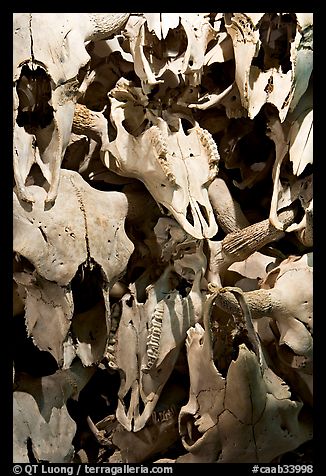
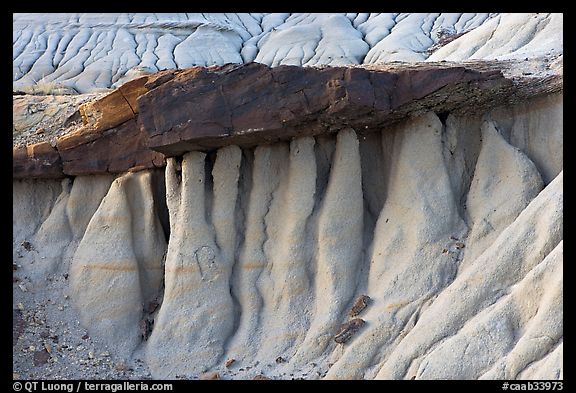
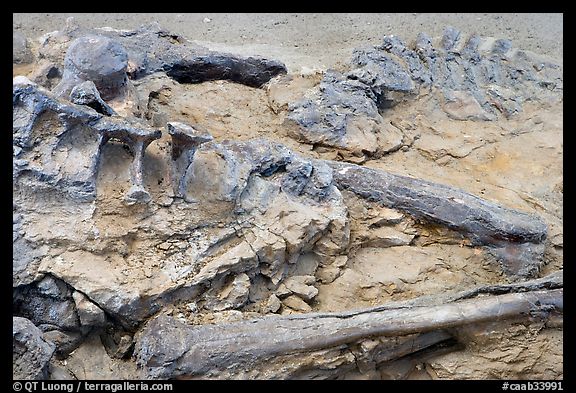
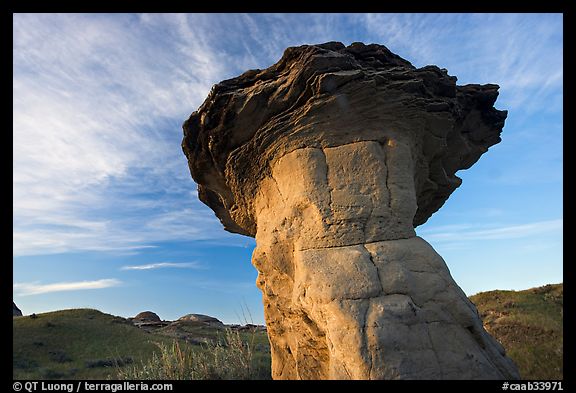
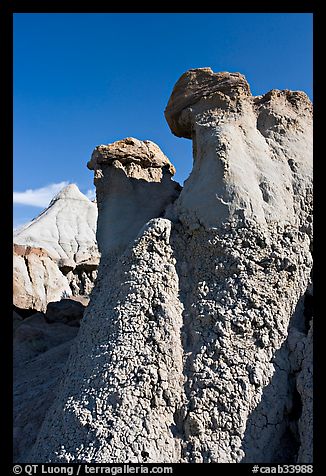
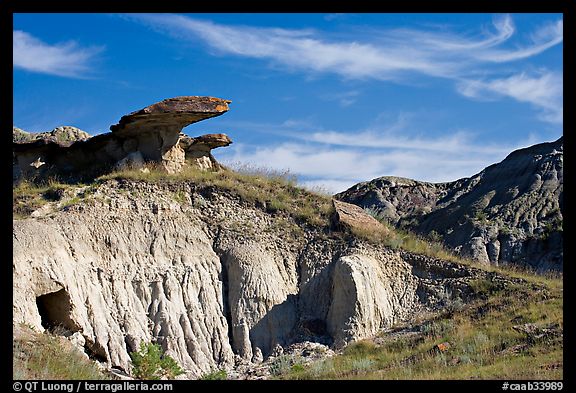
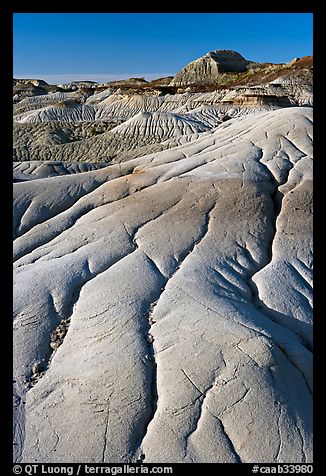




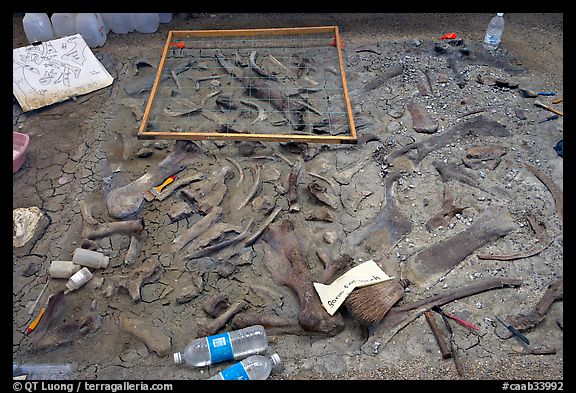



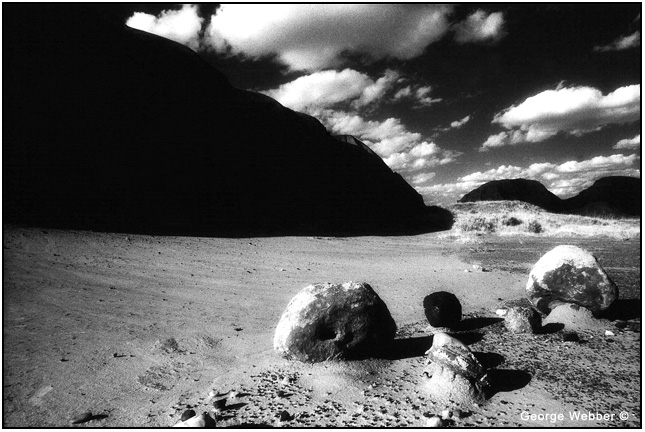



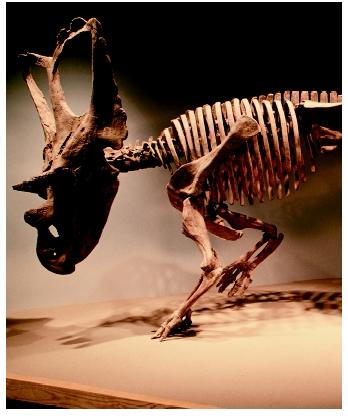
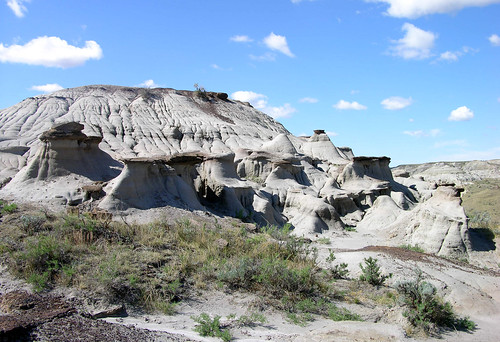
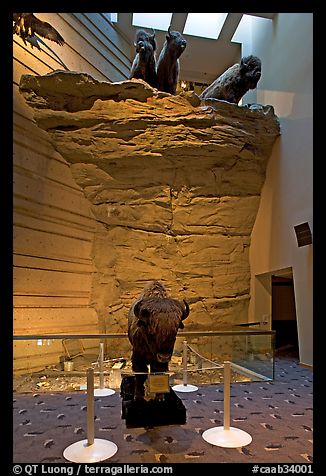
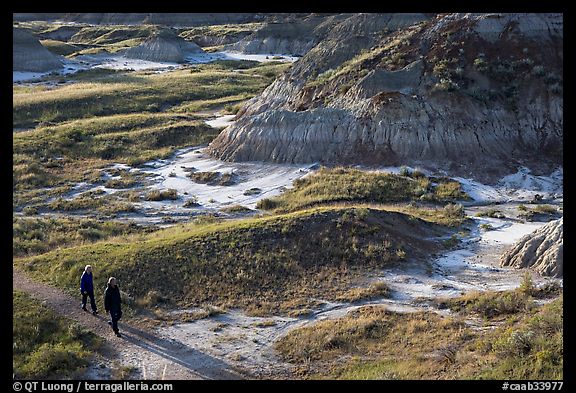
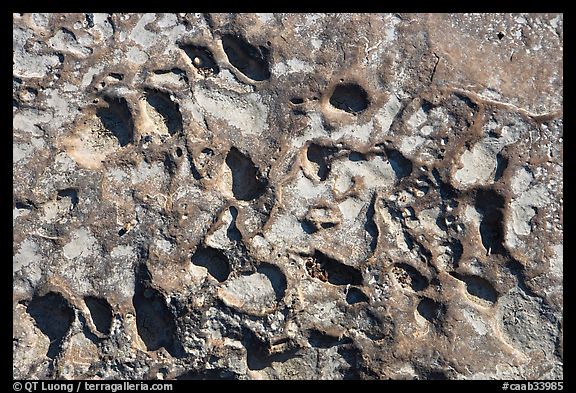




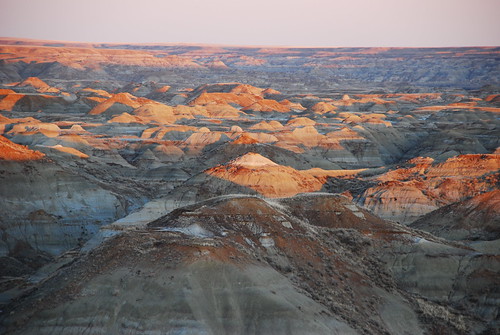


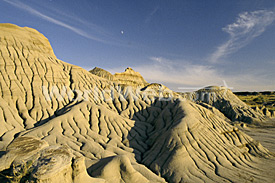

 Posted in:
Posted in: 


0 comments:
Post a Comment